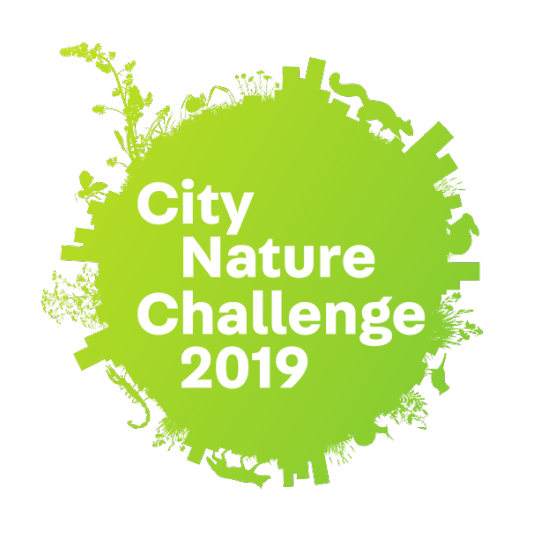
Ever wondered what wildlife is thriving in your city? One way to learn about what is in your backyard is to team up with other people to explore nature through the City Nature Challenge! The competition has been running since 2016, beginning in California, and growing into an international event. This year people will be participating from Antarctica to India!
We Need Your Help!
Your challenge is to look around and take pictures of as many types of plants, animals, and fungi as you can in four days! Cities around the world are competing with each other to see who can log the most observations on iNaturalist (a free online and mobile application) – and we want Pittsburgh to have its best year yet! This year, the City Nature Challenge takes place in two stages: the first part is April 26 – April 29 and the second part is April 30 – May 5. We’re calling for anyone in the Allegheny, Butler, Washington, Armstrong, Beaver, and Westmoreland counties to put their exploring hats on and help us identify the wildlife in our area!

Three Simple Steps
All you need to remember to participate are these steps:
1. Find Wildlife!
2. Take Pictures!
3. Share your Findings on iNaturalist!
Stage One: April 26 – April 29
Take a picture of every wild plant or animal you find, even if it’s something you see every day! Only photos taken during this period of time will count for the Challenge. Last year the City Nature Challenge had over 420,000 observations – can we get even more this year?
Places to look for wildlife: your backyard, local parks, hiking trails, gardens.
Stage Two: April 30 – May 5
Identify what you’ve found and explore others’ observations! You can confirm other people’s identifications or suggest a different identification. If you receive two confirmations for a picture you’ve shared, you’ve got yourself a research grade identification! Cool!
How Do I Use iNaturalist?
Below are two videos to help you navigate iNaturalist. The first will explain how you can upload observations onto iNaturalist for stage one. The second will show you how you can identify others’ observations during stage two.
Stage One: Uploading Observations
Stage Two: Identify and Confirm Observations

Explore nature together. Visit Nature 360 for activities and information.
Blog post by Melissa Cagan.
